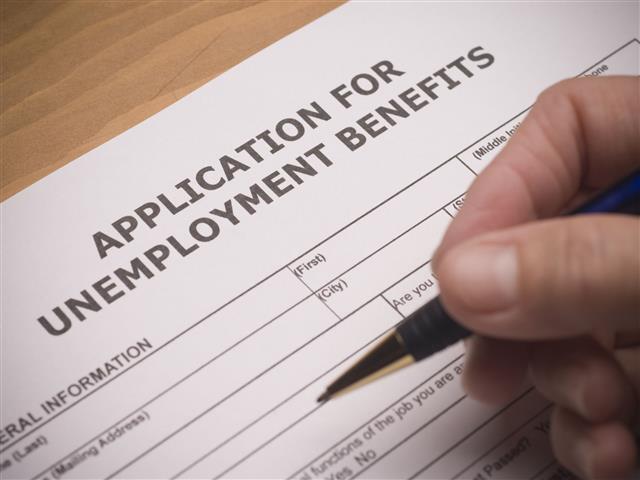Meanwhile, the number of people receiving benefits after an initial week of aid rose 41,000 to 1.710 million in the week ending Dec. 17.
After hitting the lowest level since 1969 in May, those so-called continuing claims, a proxy for hiring, have drifted higher since early October.
The latest report is the first since February to show them breaching the lower end of the 1.7-1.8 million trend that prevailed in the years leading up to the coronavirus pandemic, a level seen then as emblematic of a tight labor market.
In this regard, DOL assessed that labor market remains tight, despite the fact that the Federal Reserve works to cool demand for labor as part of its attempt to reduce domestic inflation.
And, while the figures for new benefits claims have been choppy in recent weeks, they have held well below the 270,000 threshold that economists see as a red flag for the labor market.
A raft of layoffs in the technology sector and interest-rate sensitive industries like housing have yet to leave a notable imprint on claims as laid-off workers appear to cycle into new jobs with relative ease.
pll/ro/att









